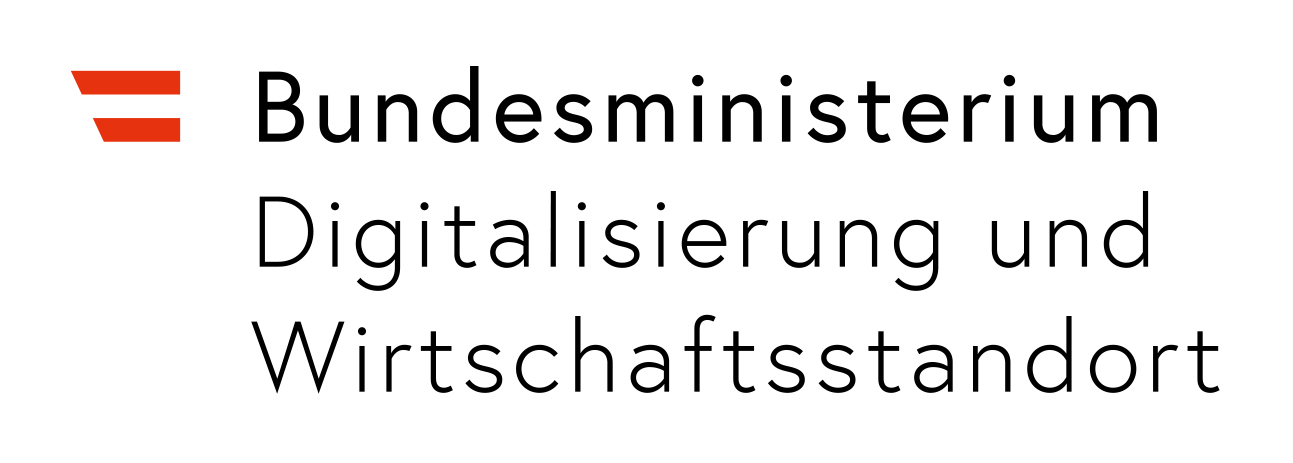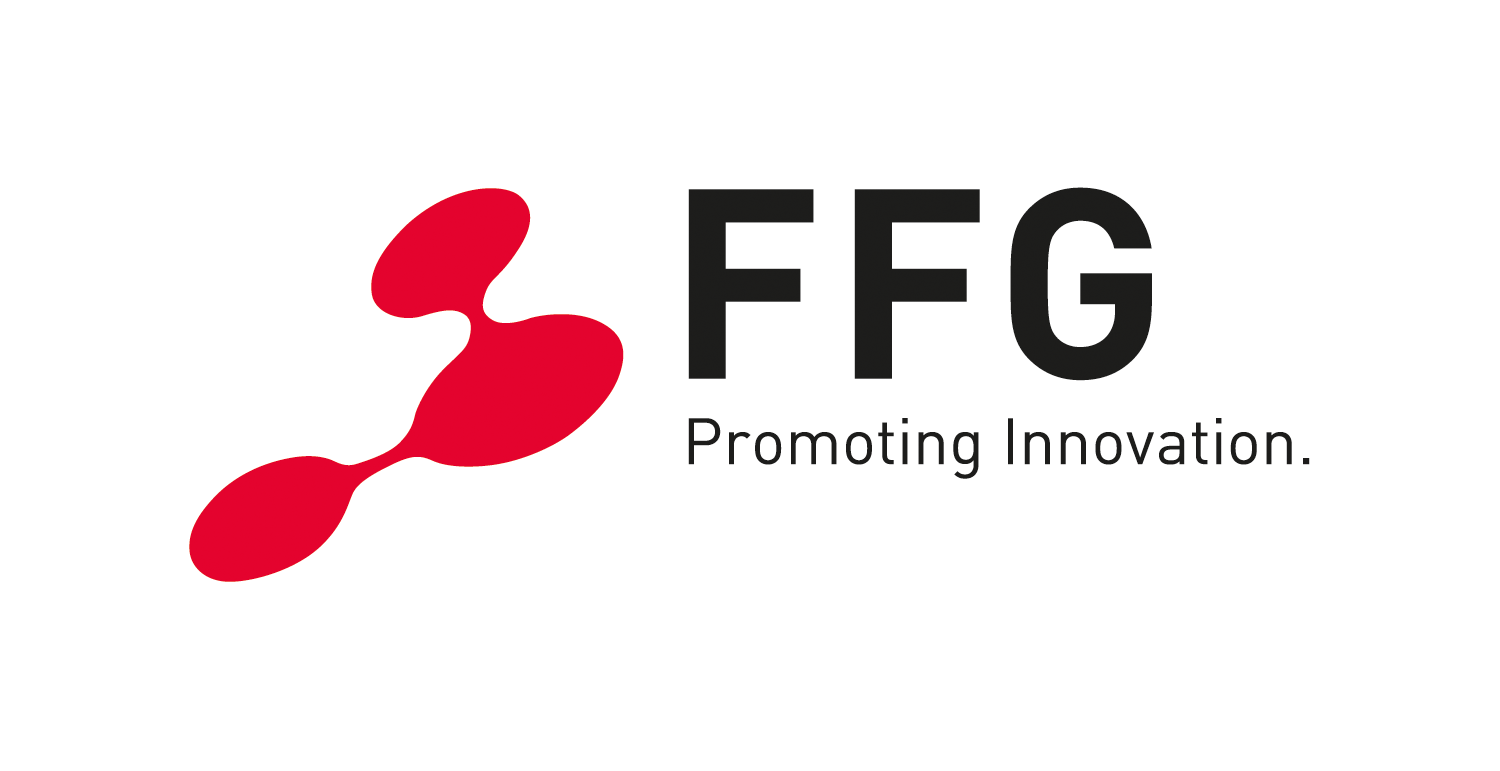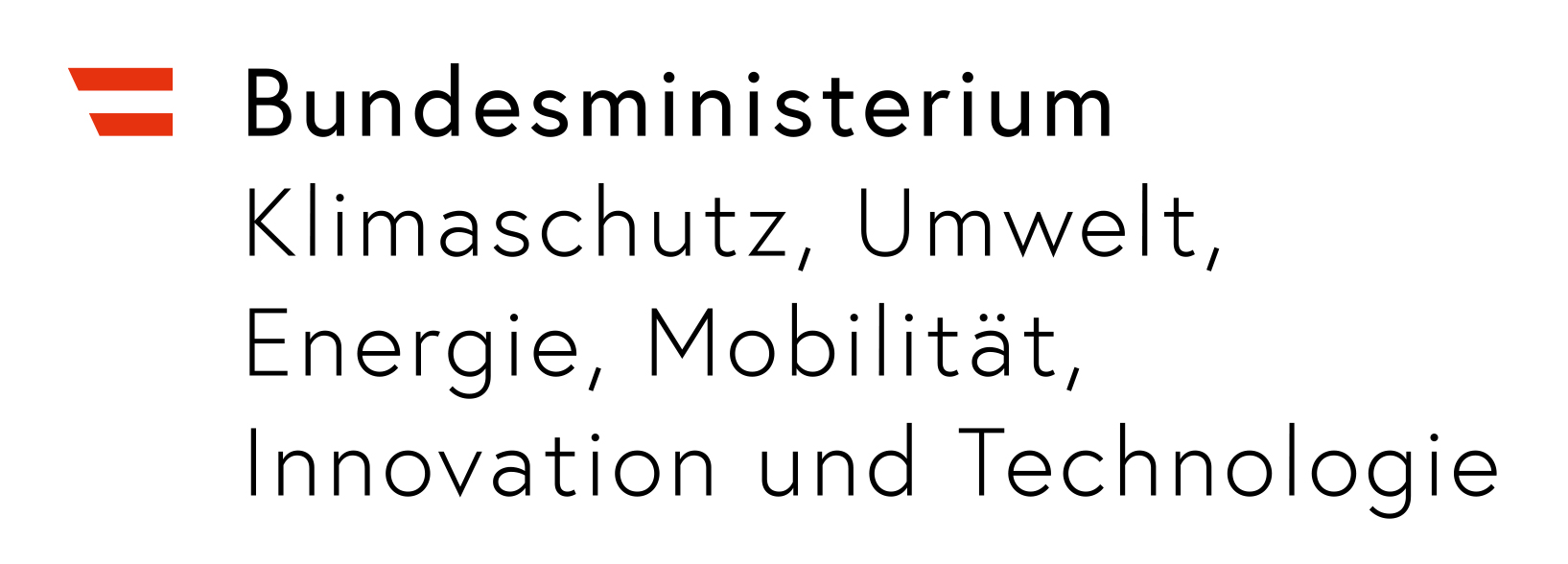HyGen - Hydrogen Production
PEM electrolysis technology is a promising technology for the conversion of renewable energy into green hydrogen

Climate change is forcing our society to rethink our approach to using energy. The high greenhouse gas emissions of our modern society must be drastically reduced by a major shift from fossil fuels to renewable energy. Renewable energy, however, brings the challenge that it often occurs at different times than it is needed and in different places than it can be used. One solution to this problem is to use electrolysis to convert the renewable energy into "green" hydrogen, which can be stored in large quantities and transported in liquid or gaseous form. Hydrogen has the added advantage of being usable directly for mobility and also for certain industrial processes such as steel production.
Among electrolysis technologies, the proton exchange membrane electrolysis cell (PEMEC) is one of the most promising. Besides alkaline electrolysis, it is the only electrolyser technology ready for the market and is characterized by dynamic operation, high power density and the highest achievable hydrogen pressures of all electrolyser technologies.
Today, hydrogen produced with PEMEC is still not competitive with fossil alternatives in most cases because the amount of hydrogen produced by an electrolyser during its lifetime is too low compared to its capital cost. This is due to several factors:
- First, the manufacturing costs of electrolysis systems are still high, as the number of units produced is still too small to take advantage of the cost reduction through mass production.
- Furthermore, a deeper understanding of ageing mechanisms in the electrolyser components is necessary to increase the lifetime and long-term stability.
- Lastly, electrolysers are sometimes operated sub-optimally and the cost-efficient connection to the energy market for the specific application has not yet been considered.

The HyGen project aims to address these issues with the following research goals:
- Increase the lifetime of PEMECs by acquiring a deeper understanding of degradation mechanisms and identification of countermeasures through experiments with electrolysis cells, stacks and systems
- Improve industrialization of PEM cell, stack, and system production to reduce costs
- Improve overall efficiency and lifetime of PEM electrolysis stacks by optimizing design and operation using various simulation methods
- Identify optimal business models for PEM and solid oxide electrolysis (SOEC) in centralized and distributed applications using a systemic simulation approach.
| Short Facts: | |
|
Duration |
04/2021 – 03/2025 |
|
Area |
Energy & Industry |
| Project Lead + Contact |
HyCentA Research GmbH |
|
Partner |
TU Graz - CEET, Robert BOSCH AG, Profactor GmbH, Verbund Thermal Power GmbH |





